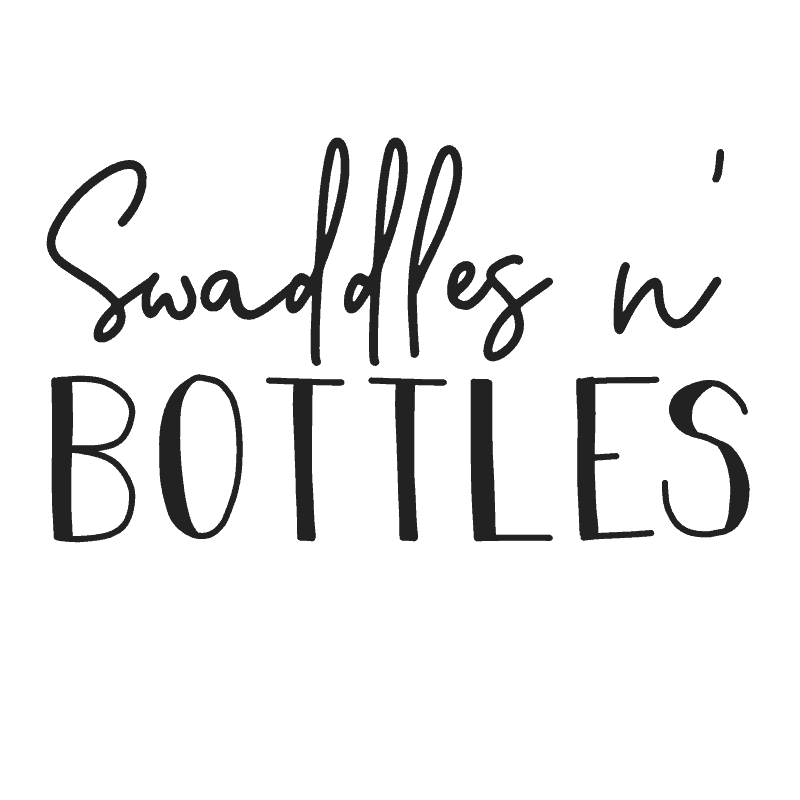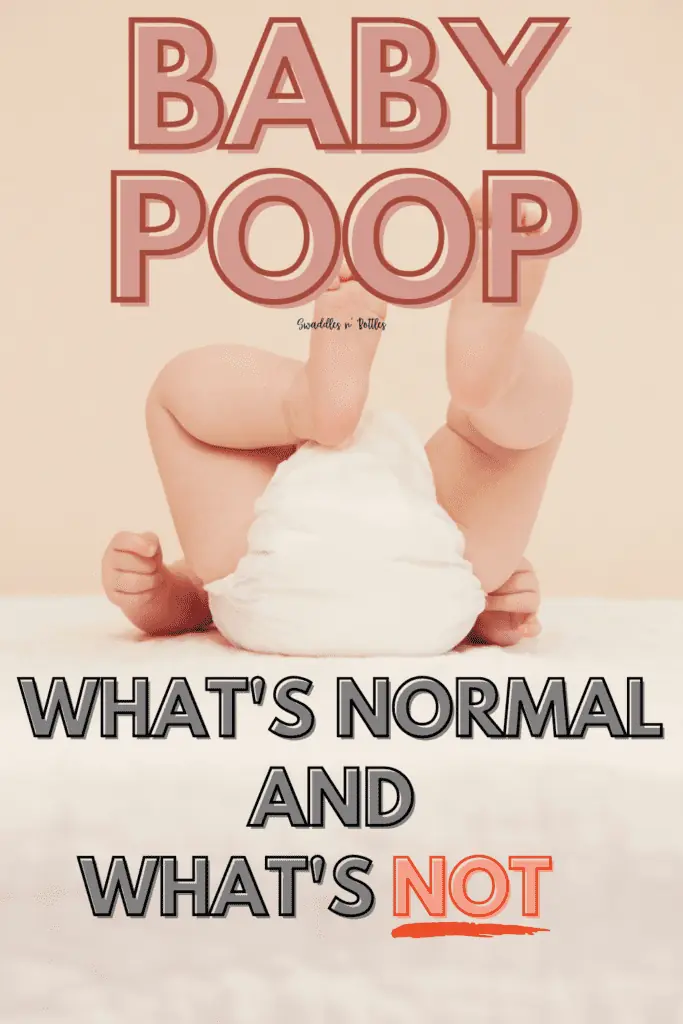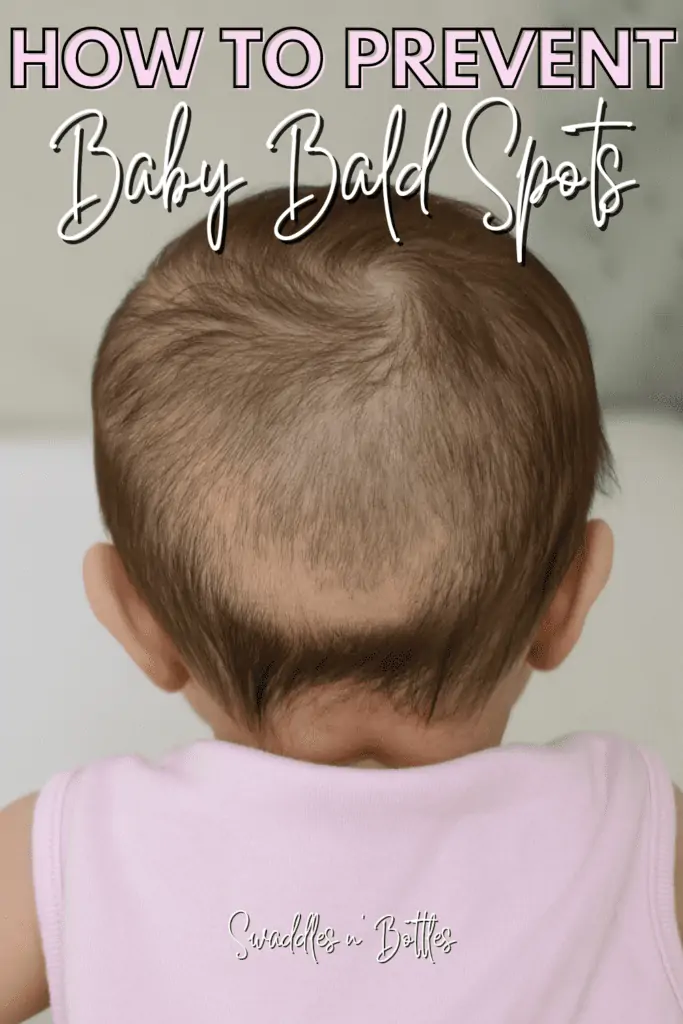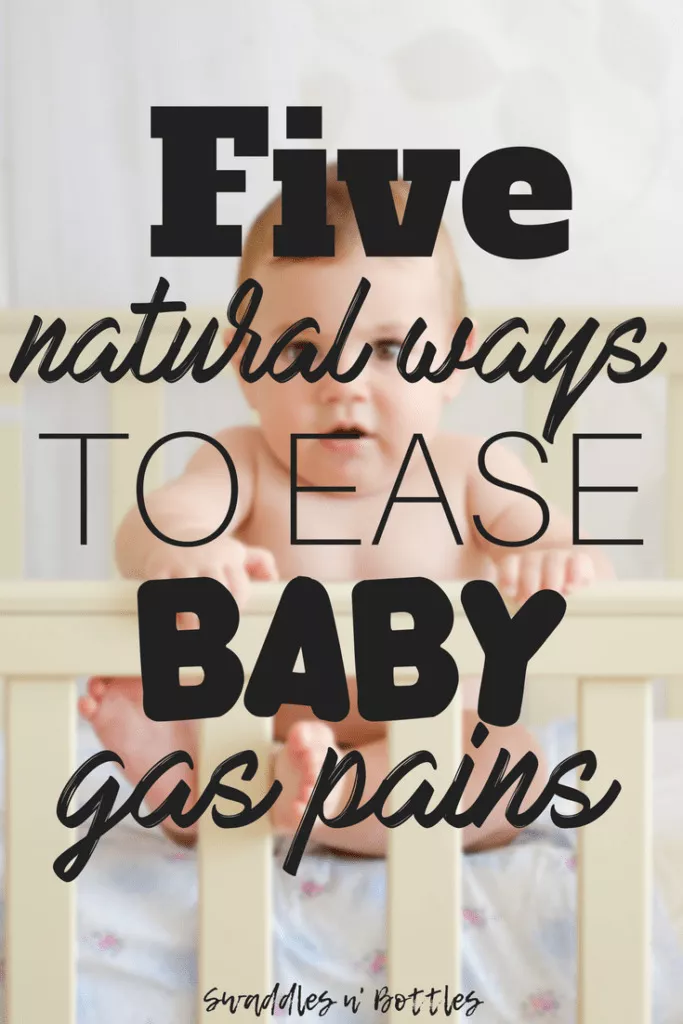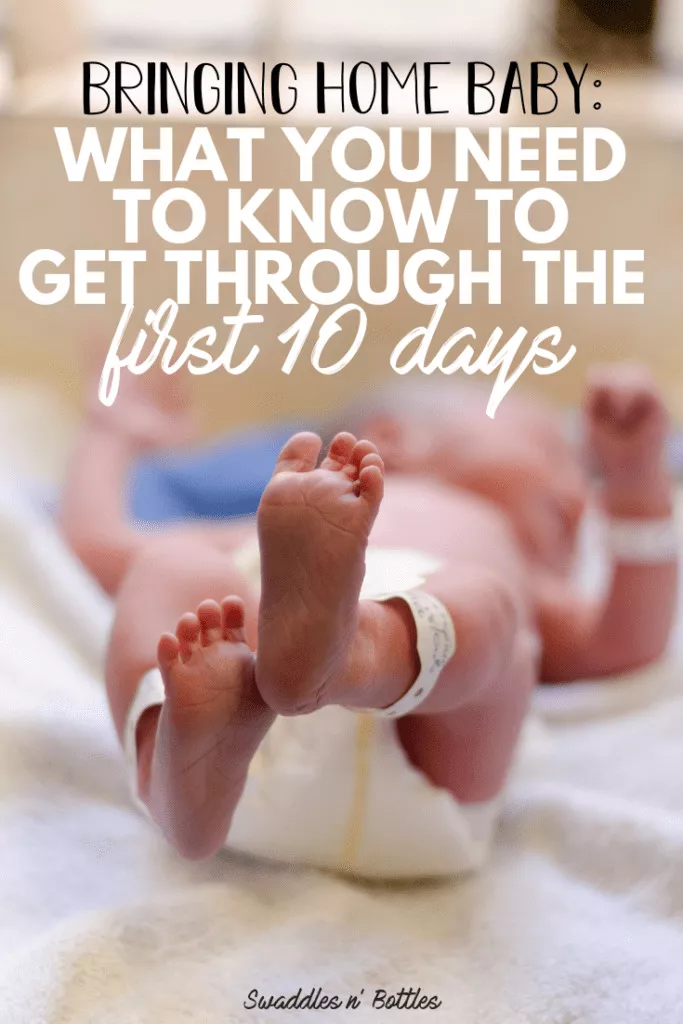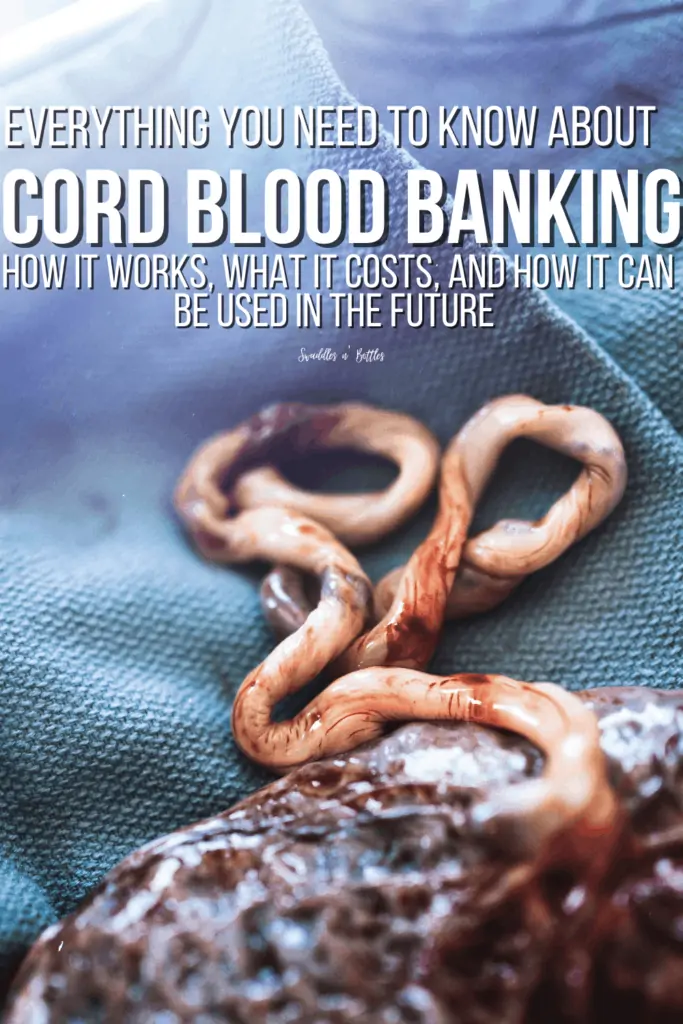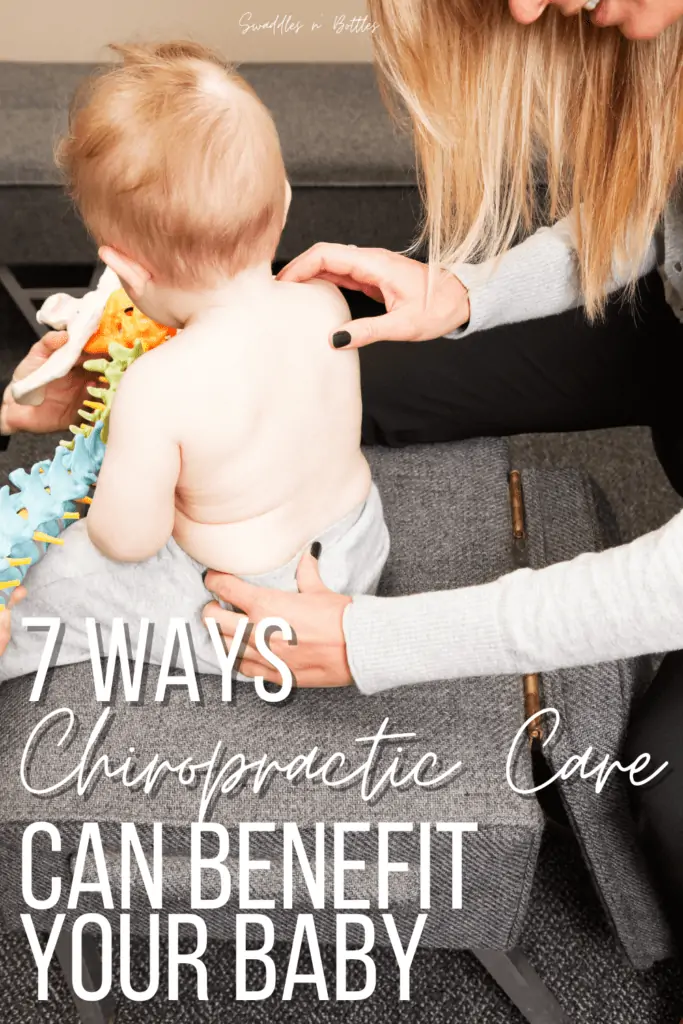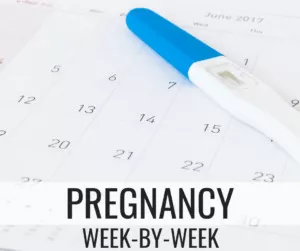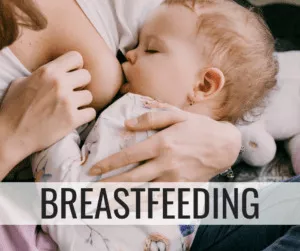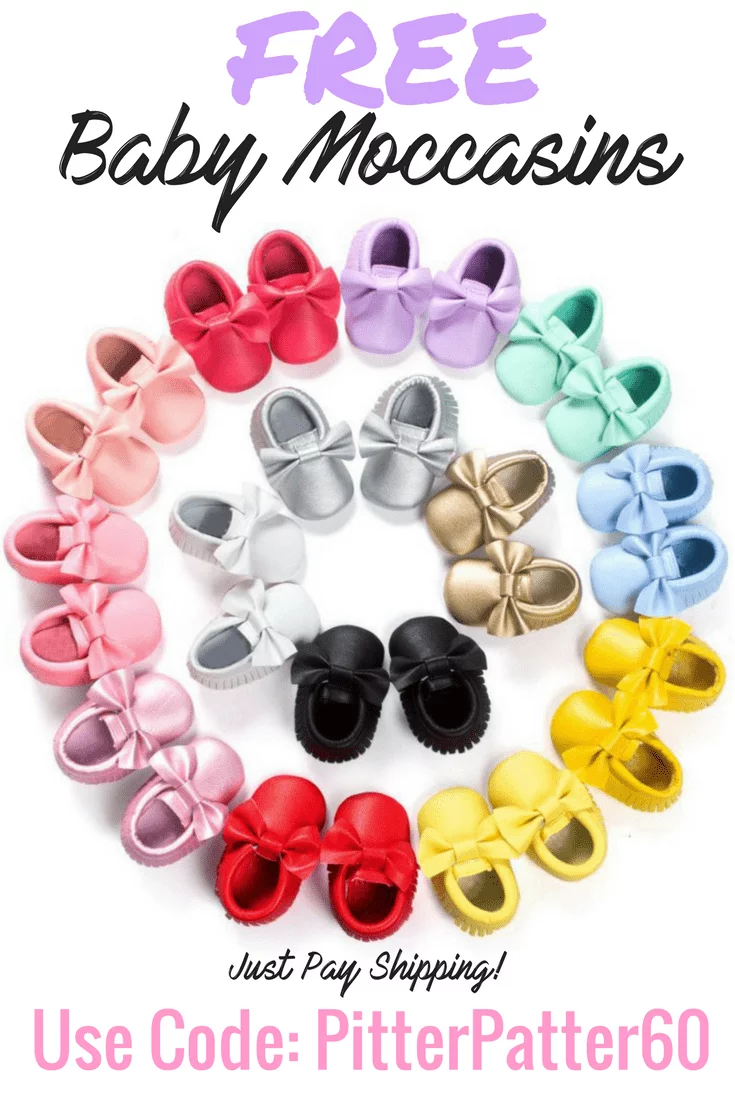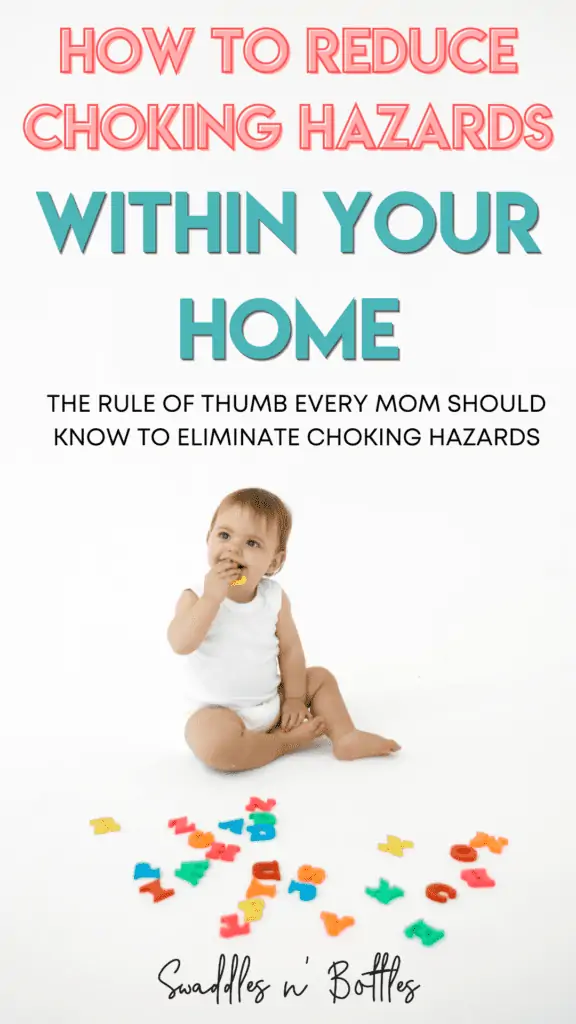
According to the CDC, babies under the age of 1 are at the highest risk of choking. The overwhelming majority of choking incidents and injuries are caused by food, usually right after a baby has started switching to solids.
The key to preventing babies and toddlers from choking is to do three things: keep a watchful eye on them as they eat or play, keep choking hazards (things that might potentially choke your child) out of reach, and learn how to provide basic first aid to a child who is choking.
How to prevent choking in babies
Here are some of the things you can do to prevent young babies from choking:
- Ensure your little one sits up as she eats. Supervise her at all times
- Allow plenty of time for meals and do not rush her as she eats
- Serve her a small amount of food on her plate at a time
- Do not serve round, firm foods or food with large chunks such as carrots, nuts, hot dogs, grapes, hard candy, and popcorn
- Avoid stringy foods like celery and beans
- Avoid commercial pastry products like white bread that can form pasty globs in the mouth
- Cut meat and poultry across the grain and serve them in tiny fingertip size pieces
- Do not serve pieces of food that are larger than half an inch in any direction
- Cook, grate or mash hard foods such as hard fruits like apples and hard vegetables like carrots.
- Do not give your baby a bottle in bed. Babies who fall asleep with a bottle are more likely to choke on the liquid when they accidentally draw it into their lungs.
How to prevent choking in toddlers and older kids
Here are some of the things you can do to prevent choking in toddlers and in older kids up to the age of 7 years:
- Avoid high-risk foods like hot dogs, hard or gooey candy, nuts, grapes, marshmallows, peanut butter chunks, popcorn, and chewing gum.
- Ensure your child eats at the table or while sitting down. Ensure she avoids running, walking, or lying down while eating.
- Always supervise your child during mealtimes. Do not allow their older siblings to give them foods that could potentially cause choking
- Encourage your child to chew her food well. When she takes her time with each mouthful, she will be less likely to choke.
- Learn CPR and basic first aid skills for choking
How to identify potential choking hazards

Any small or unusual object that is smaller than a coin becomes a choking hazard in your baby’s or toddler’s hands. You can also identify potential choking hazards by using the toilet paper roll rule: if an object can easily slide through a toilet paper roll, it is a potential choking hazard.
Once you identify a potential choking hazard, keep it out of reach of your child. Curiosity drives children to put such objects in their mouths, so it is better to be safe than sorry.
Examples of non-food choking hazards
Here is a list of things that are not food items but could still potentially cause your child to choke if ingested:
- Latex balloons: Statistics show that balloons cause more childhood deaths than any other toy. Because they can take the shape of your child’s windpipe, they are more dangerous than hard, solid toys. Keep them out of reach of children. Supervise your child when she is around uninflated or burst balloons.
- Small toys and broken toy parts: Such small pieces can easily become lodged in your child’s throat, nose, or ear. Many childhood deaths occur as a result of inhaling, choking on, or swallowing objects like small balls, marbles, small toys, and toy parts that can fit into a child’s mouth.
- Other hazardous items include coins, magnets, pen caps, rubber balls, button-type batteries, and ball-shaped toys.
How to childproof your house to reduce choking hazards
Here are some of the things you can do to ensure that your little one does not come into contact with choking hazards in your home:
- Before allowing your baby or toddler to roam around the house, get down on all fours and try to find dangerous items that are within reach. Check under furniture and between cushions.
- If you have older kids, ensure that they keep their toys (especially toys with small parts) out of reach of their younger sibling
- Before bringing your baby home, train your older children to keep their toys in designated areas.
- Supervise your kids when they play together. Ensure your older kids do not give small toys to their younger siblings.
- When buying toys, only buy age-appropriate toys while following package age recommendations.
- Apart from small swallowable objects, you also need to be aware of objects that can cause other types of airway obstruction such as strangulation, suffocation, and entrapment. This will help you prevent such issues.
Final Thoughts
Choking hazards are things that could potentially cause babies and toddlers to choke. This includes anything that is smaller than a coin. You can prevent choking from food by ensuring that your child eats while she’s sitting and by mashing or cutting her food into tiny pieces. To reduce the risk of choking from non-food hazards around your home, always keep small objects away from your child.
